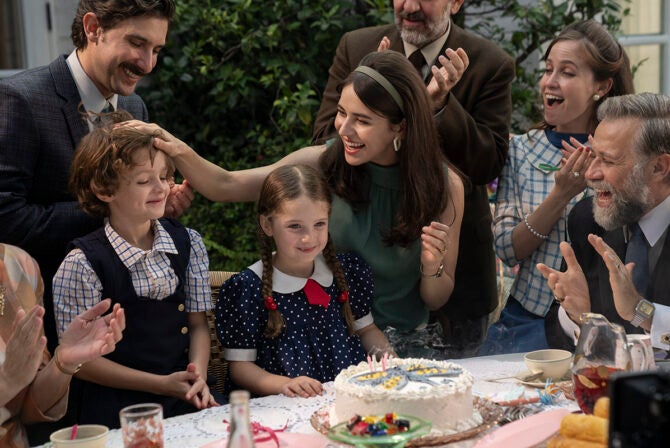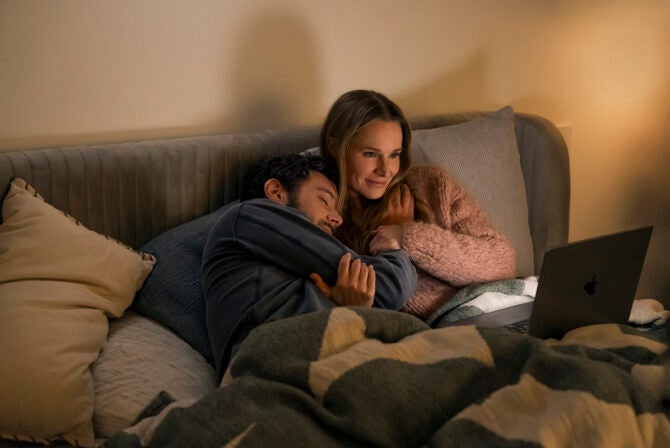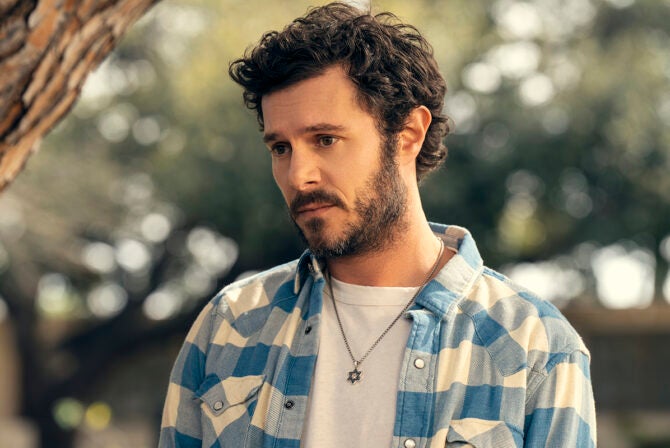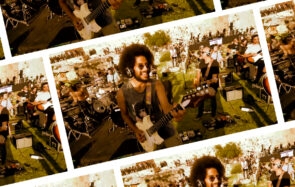These days, parents expend lots of mental energy worrying about how much screen time is too much screen time. Are we softening our kids’ brains when we offer them an iPad so we can take a shower? Is 22 minutes of “Paw Patrol” going to doom them to a life of illiteracy? Can we relax a little bit about our kids’ digital media diet?
Enter Michael Levine, Founder and Executive Director of the Joan Ganz Cooney Center at Sesame Workshop. An independent research and innovation lab, the Cooney Center “focuses on the challenges of educating children in a rapidly changing media landscape.” Along with Lisa Guernsey, Director of the Learning Technologies Project at the New America Foundation, Michael has written a book, “Tap, Click, Read,” that will help us all relax about screen time, once and for all. Read on for tips on how to develop a “balanced media diet” for your kids, why zero screen time equals a missed opportunity, and how literacy is about so much more than just reading.
READ: Interview with Interesting Jews: Dr. Rita Eichenstein, Author of New Book on Atypical Children
What was the impetus for writing this book?
Stated simply: An alarming number of children in the United States never become good readers. More than two-thirds of American fourth graders are not reading at grade level or “proficiently.” Despite billions of dollars of funding to promote reading, that percentage has barely budged since 2000.
What’s more, there is evidence that tweens and teens are spending less time on “long form” reading of books. This is of course cause for concern, but literacy experts have noted that the overall amount of reading and writing is not necessarily on the decline as kids are immersed in many new short forms of media use.
We need to get past the tired nagging of no screen time and the overheated enthusiasm over apps as the holy grail of early education. That’s where “Tap, Click, Read” comes in.
What is “Readialand” and why should Kveller readers know about it?
“Readialand” is a place where media are used in service of literacy development.
In our book, we argue for a modern, “third way” approach to technology that gives young children of all backgrounds more opportunities to learn to read and succeed in the 21st century. Effective communities and schools will combine the power of parents, educators, and high-quality media (print and digital) to make literacy opportunities available to all kids and families.
READ: Meet the Orthodox Jewish Mom Who Invented the Latest ‘Pleasure Product’
Does “Tap, Click, Read” address the difference between how screens can be used to the detriment of our developing kids’ minds and how they can be used to the benefit?
Yes, in great detail! In the book, we unpack the debates over screen time and give parents advice on how to think clearly about developing a balanced media diet for their children based on a detailed discussion of how to sort out what we call the 3 C’s: the content, the context, and the child.
We also look at some of the best research that is underway on ebooks in innovative countries like Israel, and at how digital technologies like apps, games, and assistive software can be better deployed for struggling readers.
What’s the single biggest obstacle to raising critically-thinking, engaged young readers today?
Far too many educators—including those in the Jewish educational community—do not have the best or most up-to-date training in early learning and brain development. And too many early educators have taken up the mantra that any screen time for a young child is a missed opportunity for deeper engagement and nurturing. We need to zero in on the new evidence about what 21st century literacy will require.
The traditional definition of literacy means much more than reading print; it means reading, writing, listening, and speaking. Children need help in becoming skillful at all four of those skills, and they can use media tools of all kinds to do so. And in addition, as children grow up in a world of information overload and constant messaging, they will also need to learn media literacy and critical literacy.
READ: The Jewish Woman Turned Nobel Prize-Winning Neurobiology Pioneer
What kinds of tools do the “Tap, Click, Read” book and website offer parents to help us get caught up to speed on “modern” literacy?
In the concluding chapter of our book, we devise checklists and “must-dos” for parents, educators, policymakers, and media designers to help our nation more effectively navigate from the digital Wild West to “Readialand.” These tools include resource lists where parents can go, for example, to get the best advice about the apps they should purchase to advance particular knowledge and skills.
Our website also includes short, powerful videos that will help Kveller’s audience better understand what it will take to reverse the literacy crisis. What’s more, in the months ahead, we will be producing a series of short guides and tools for parents, educators, and librarians to use in improving their practices. These will be available free of charge at our site.
OK, last question: In addition to the great reception of “Tap, Click, Read,” at the end of the day, what makes you kvell?
My wonderful family and my partner in life, Joni Blinderman, is a source of much kvelling! I am also so lucky to have great colleagues, including Lisa Guernsey with whom I have just written this book, who are deeply committed to tikkun olam at Sesame Workshop.







